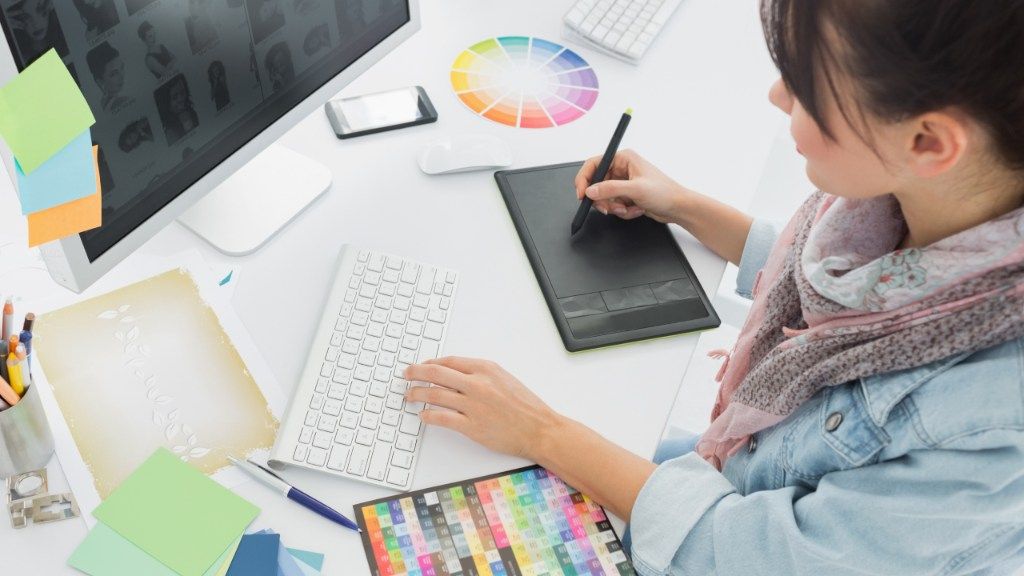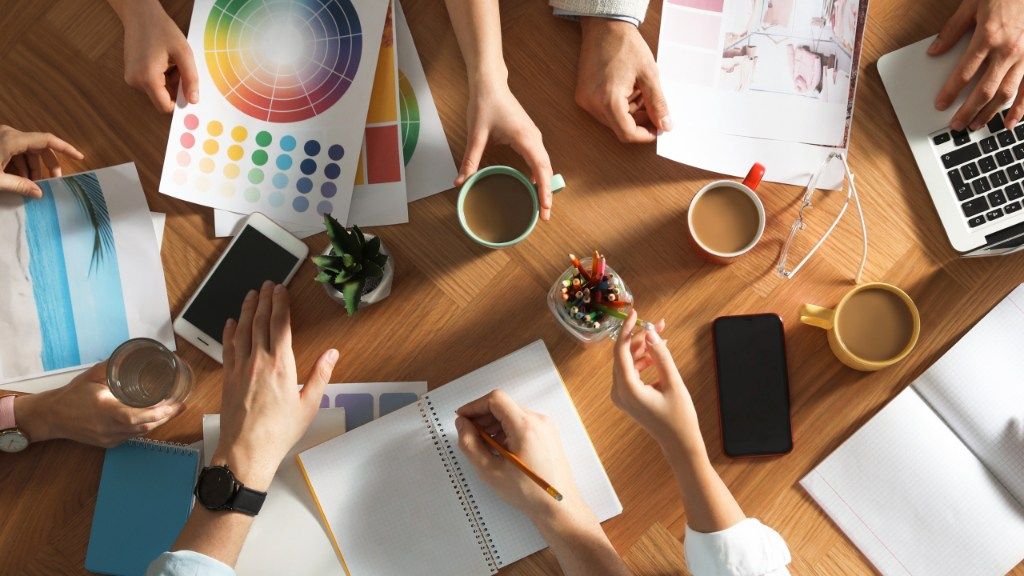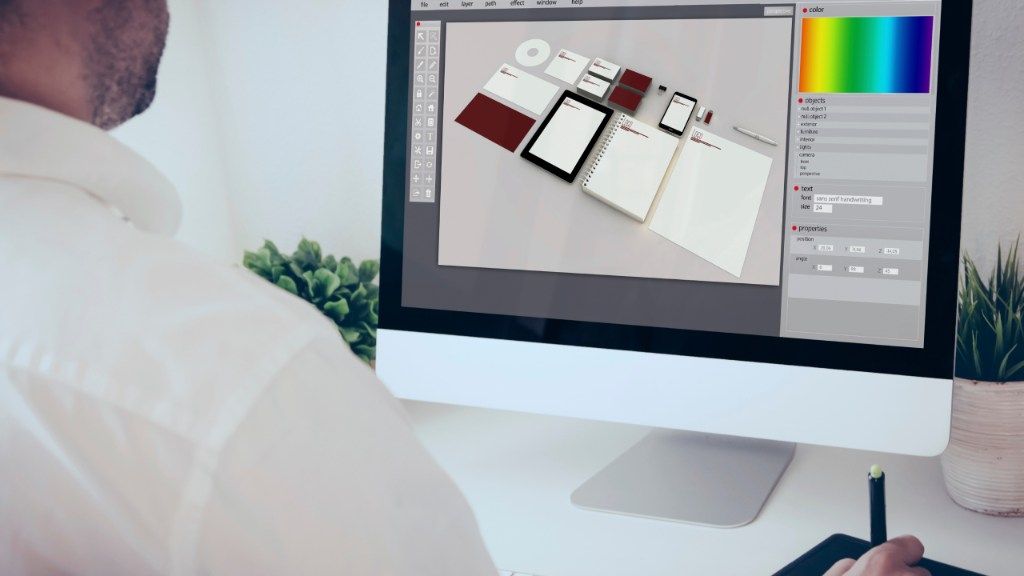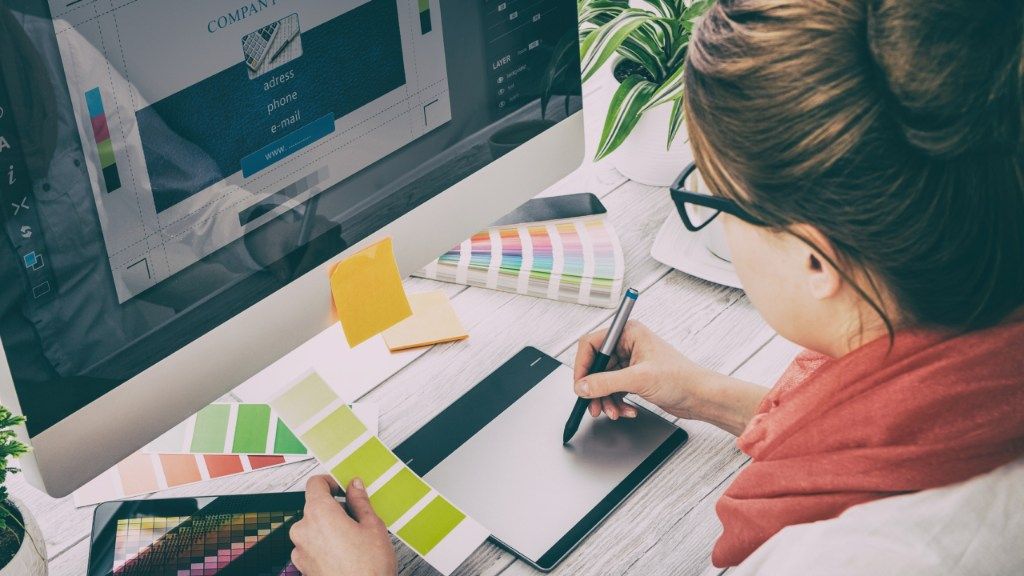Types Of Design - What Are The 15 Types Of Graphics Design And Their Importance?
By Marco Franzoni • July 28, 2024

Introduction: Understanding Graphic Design
The Evolution of Design
Graphic design has come a long way from its humble beginnings to become an integral part of our daily lives. From vintage logos that exude a sense of nostalgia to modern logos that capture the essence of a brand's identity, design shapes how we perceive and interact with the world. Understanding the various types of design is crucial for anyone looking to create compelling visuals that stand out in today's competitive market.
Importance of Graphic Design in Modern Business
In the modern business landscape, graphic design is more important than ever. It goes beyond just creating a logo or a poster. It's about crafting an experience that resonates with your audience. Whether it's through elegant typography, striking colors, or innovative shapes, design elements play a critical role in promotions and branding. Designers must experiment and find the perfect balance to bring their visions to life.
Graphic design not only helps in building a strong brand identity but also in ensuring that your business communicates effectively with its clients and customers. It's an ongoing process of creativity, experimentation, and adaptation that can offer endless possibilities for growth and success.
Types of Design: An Overview
Understanding Different Design Disciplines
Graphic design encompasses a wide range of disciplines, each with its unique focus and application. From creating eye-catching logos and vintage logos that evoke a sense of history to designing elegant typography and vibrant color schemes, designers must master various elements to succeed. Understanding the different types of design, such as media design, emotional design, and product design, allows businesses to effectively communicate their brand's message and connect with their audience on a deeper level. This diversity in design possibilities offers endless inspiration and opportunities for creativity.

Creator Designs: Pushing Boundaries
Innovation in Graphic Design
Innovation in graphic design is driven by a relentless pursuit of new ideas and techniques. Designers constantly experiment with elements like typography, colors, and shapes to create unique and impactful designs. Whether it's a modern logo or a vintage logo, the goal is to capture the essence of a brand and resonate with its audience. This process of creating and updating designs requires a keen understanding of current trends and a willingness to push the boundaries of traditional design.
Influential Designers and Their Work
Influential designers have shaped the field of graphic design by bringing their unique vision and creativity to life. They have inspired countless others through their work, which often features a perfect blend of elegance and innovation. These designers understand the importance of creating designs that not only look good but also communicate effectively with their audience. By studying their work, aspiring designers can learn valuable tips and techniques to enhance their own design skills and make a lasting impact in the world of graphic design.
Modern Logo Design
Key Characteristics of Modern Logos
Modern logos are characterized by their simplicity, versatility, and relevance. They often utilize clean typography, bold colors, and geometric shapes to create a distinctive and memorable brand identity. Designers focus on ensuring that the logo is adaptable across various media and formats, making it an essential element of a company's branding strategy. The elegance and clarity of modern logos help businesses stand out in a crowded market and communicate their values effectively.
Examples of Successful Modern Logos
There are many successful modern logos that serve as great sources of inspiration. Companies like Apple, Nike, and Google have logos that are instantly recognizable and symbolize their brand's core identity. These logos often feature minimalistic design elements, strong color schemes, and innovative typography. Studying these examples can provide valuable insights into the principles of effective logo design and help businesses create their own impactful logos.

Vintage Logo Design
What Elements Make a Beautiful Vintage Logo?
Creating a beautiful vintage logo involves a careful blend of classic elements and timeless design principles. Key features include intricate typography, ornamental shapes, and muted color palettes that evoke a sense of nostalgia. Designers often draw inspiration from historical styles and artistic movements to bring elegance and charm to their vintage logos. The goal is to create a logo that not only stands out but also tells a story, capturing the essence of a bygone era.
Create a Vintage Logo Shortlist
To create a shortlist of potential vintage logos, start by gathering inspiration from various sources, such as historical archives, vintage advertisements, and design galleries. Look for elements that resonate with your brand's identity and consider how they can be adapted to suit modern aesthetics. Compile a list of your favorite designs and analyze the common features that make them appealing. This will help you refine your vision and guide the design process.
What Layout Works Best for Vintage Logos?
The layout of a vintage logo plays a crucial role in its overall impact. Symmetry and balance are often key considerations, as they contribute to a polished and cohesive design. Experiment with different arrangements of text and graphic elements to find a layout that enhances the logo's visual appeal. Keep in mind the importance of readability and scalability, ensuring the logo looks great at any size.
How Do I Make a Vintage Logo with BrandCrowd?
BrandCrowd offers a user-friendly platform for creating stunning vintage logos. Begin by selecting a template that aligns with your brand's vision. Customize the design by adjusting the typography, colors, and graphic elements to match your preferences. BrandCrowd provides a wide range of options to help you create a unique and memorable logo that reflects your brand's heritage.
What is the BrandCrowd Vintage Logo Maker?
The BrandCrowd Vintage Logo Maker is a powerful tool designed to help businesses create professional-quality vintage logos with ease. It features an extensive library of templates and design elements tailored to vintage aesthetics. Users can effortlessly customize their logos, experiment with different styles, and preview their designs in real-time. The platform ensures that anyone, regardless of design experience, can produce a beautiful vintage logo that captures the spirit of their brand.
Emotional Design
The Role of Emotions in Design
Emotional design focuses on creating connections with users by appealing to their feelings and experiences. By integrating elements such as color, typography, and shapes, designers can evoke specific emotions that enhance the user experience. The aim is to create a design that resonates on a human level, making it memorable and impactful. Whether it's a logo or a full branding strategy, emotional design can significantly influence how a brand is perceived and remembered.
How Emotional Design Influences User Behavior
Emotional design plays a crucial role in shaping user behavior. When people feel a connection to a design, they are more likely to engage with it, share it, and develop brand loyalty. Elements like color and typography can evoke emotions such as trust, excitement, or nostalgia, guiding users towards desired actions. For businesses, leveraging emotional design can lead to increased engagement, stronger customer relationships, and ultimately, greater success.

Media Design
Types of Media Design
Media design encompasses various disciplines, each focusing on different aspects of visual communication. It includes graphic design, web design, video production, and more. Each type of media design requires a unique set of skills and tools to create compelling and effective visuals. Understanding these different types allows designers to choose the right approach for each project, ensuring the final product meets the client's needs and resonates with the target audience.
Importance of Media Design in Marketing
Media design plays a crucial role in marketing by creating visually engaging content that captures the audience's attention. Effective media design can elevate a brand's presence, enhance promotional efforts, and communicate key messages clearly. Whether it's a vintage logo, a modern website, or an eye-catching video, well-designed media elements can significantly impact a company's success. By leveraging the right design elements, businesses can create memorable experiences that drive engagement and build brand loyalty.
Download Your Vintage Logo
Steps to Finalize and Download
Finalizing your vintage logo involves ensuring all design elements are perfectly aligned and the colors are consistent with your brand's identity. Once satisfied, use the download options provided by your design platform to save the logo in various formats. This will ensure your logo is versatile and ready for use across different media.
Tips for Effective Usage
To make the most of your vintage logo, use it consistently across all business materials, from your website to promotional products. Ensure it complements other design elements and maintains its integrity when scaled. Regularly update your logo files to adapt to new design trends and keep your brand fresh.

Conclusion: The Future of Graphic Design
Emerging Trends in Graphic Design
As technology and consumer preferences evolve, so do the trends in graphic design. From the rise of minimalist aesthetics to the integration of AI in design processes, innovation continues to drive the industry forward. Keeping an eye on these trends allows designers to stay relevant and create cutting-edge work that resonates with modern audiences.
The Importance of Adaptability in Design
Adaptability is key in the ever-changing landscape of graphic design. Designers must be willing to experiment, learn, and update their skills to meet new challenges and seize new opportunities. By embracing change and staying open to new possibilities, designers can ensure their work remains fresh, impactful, and aligned with the future of the industry.